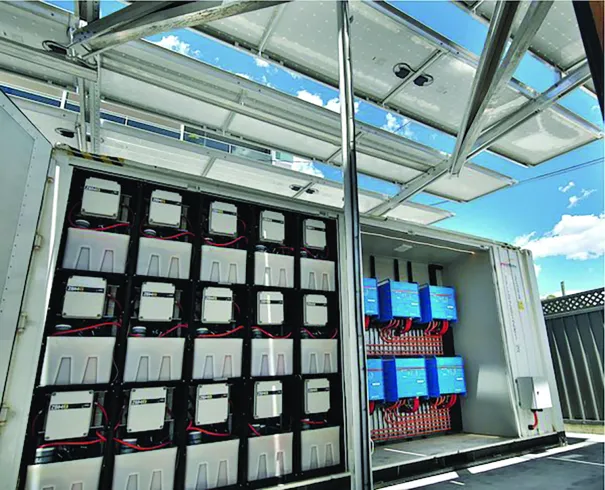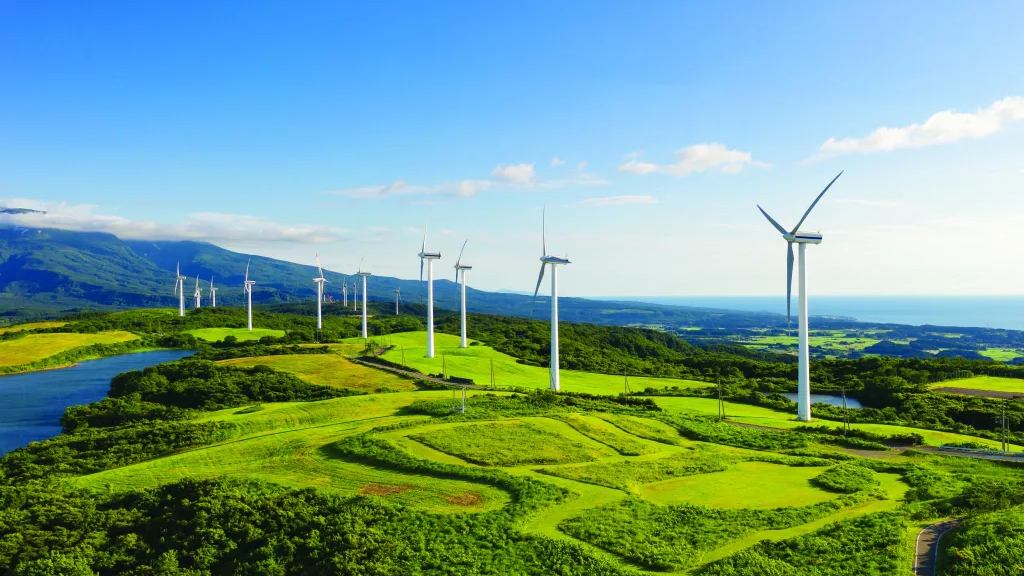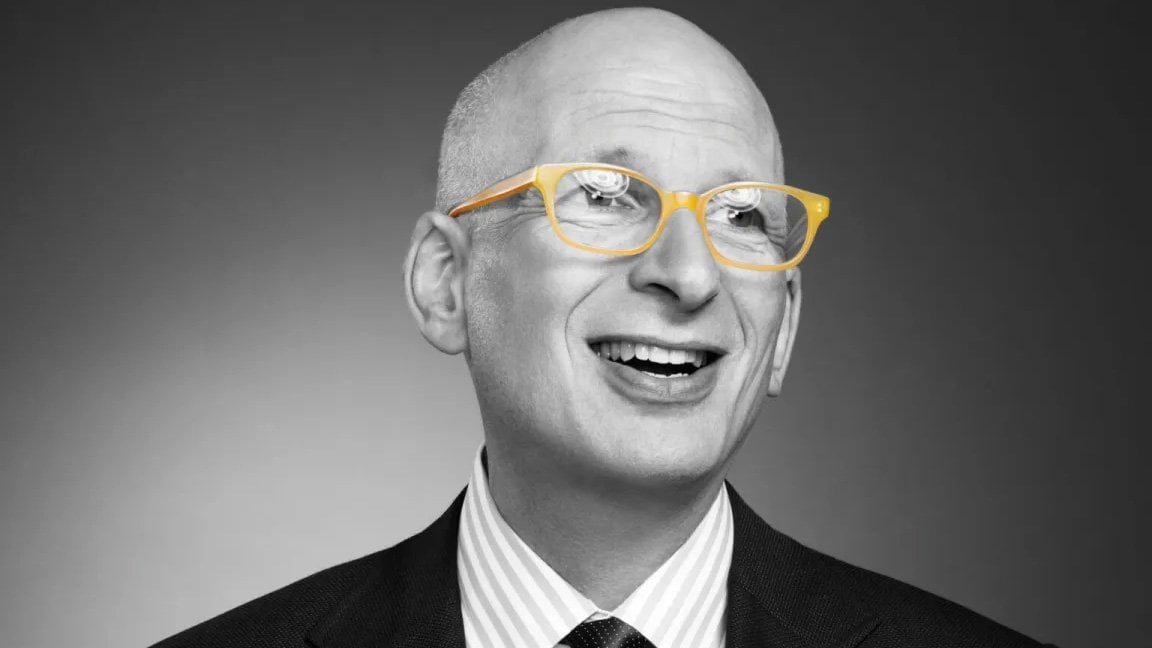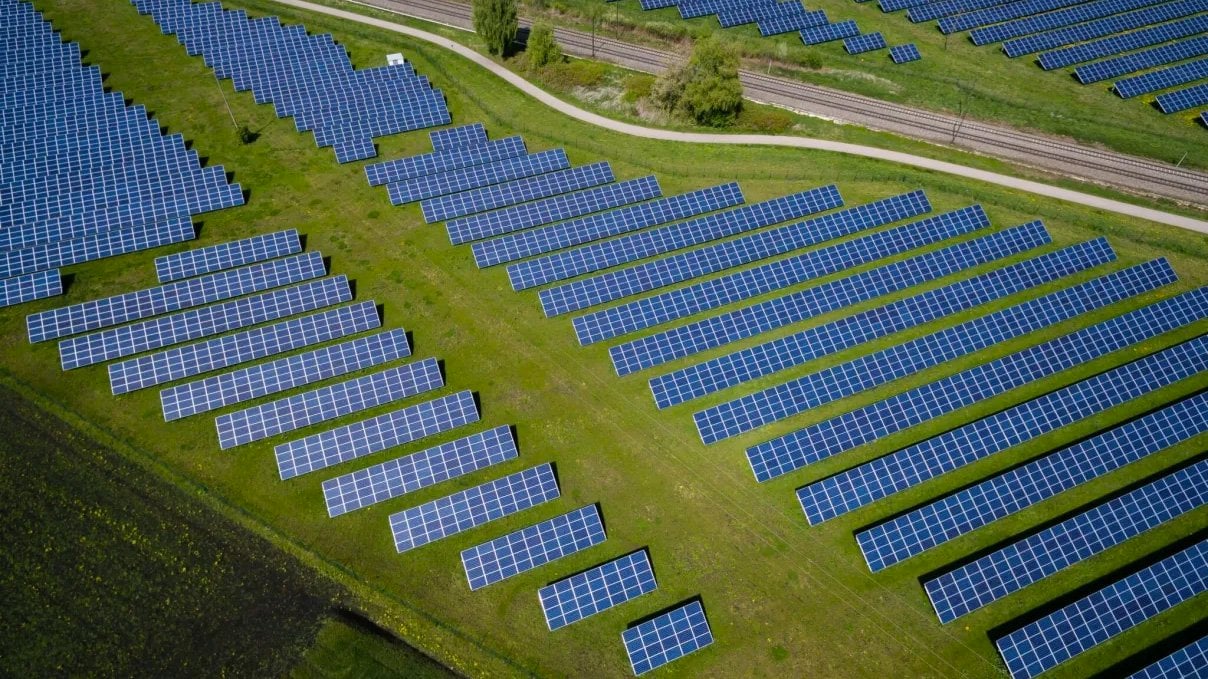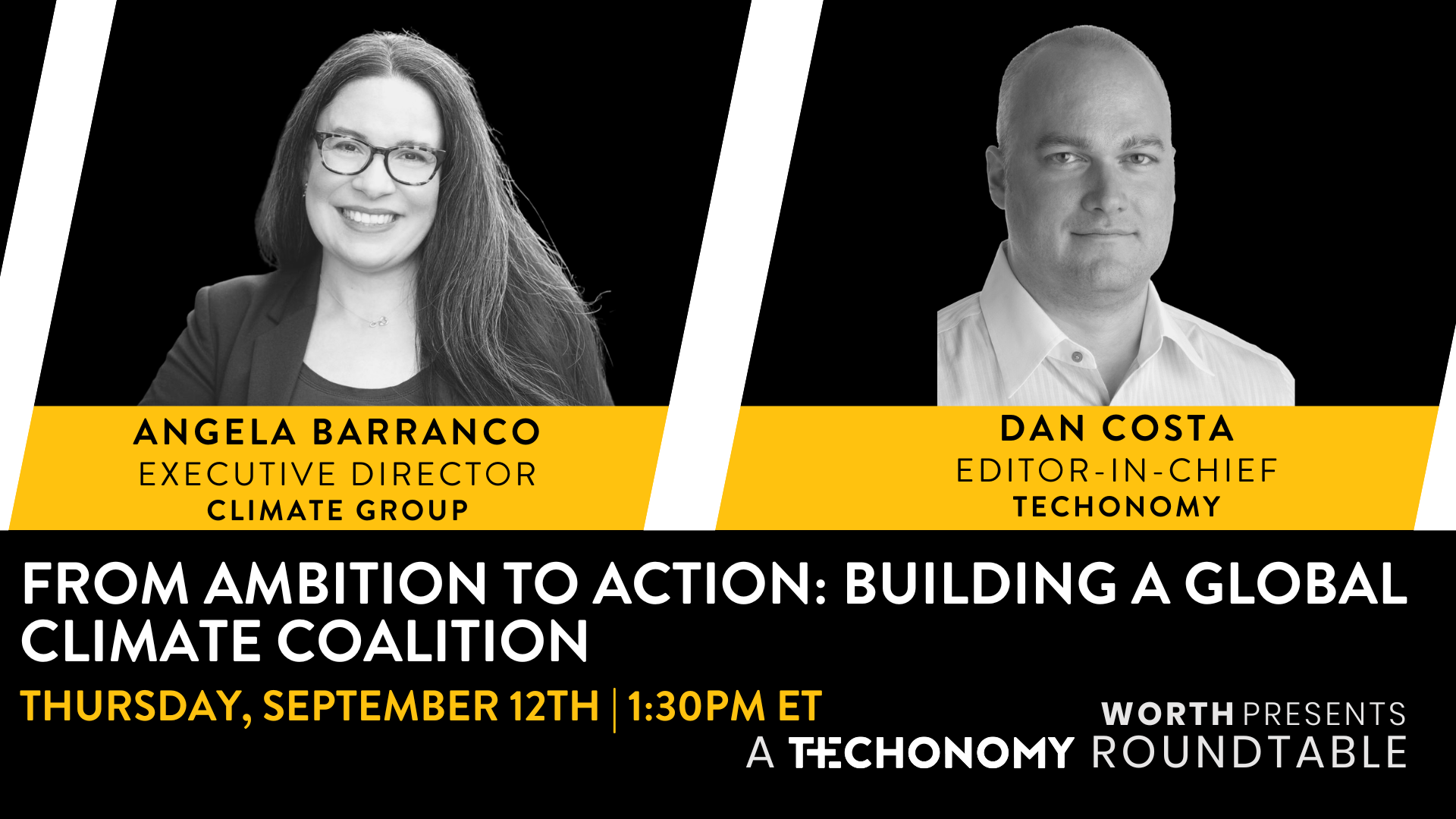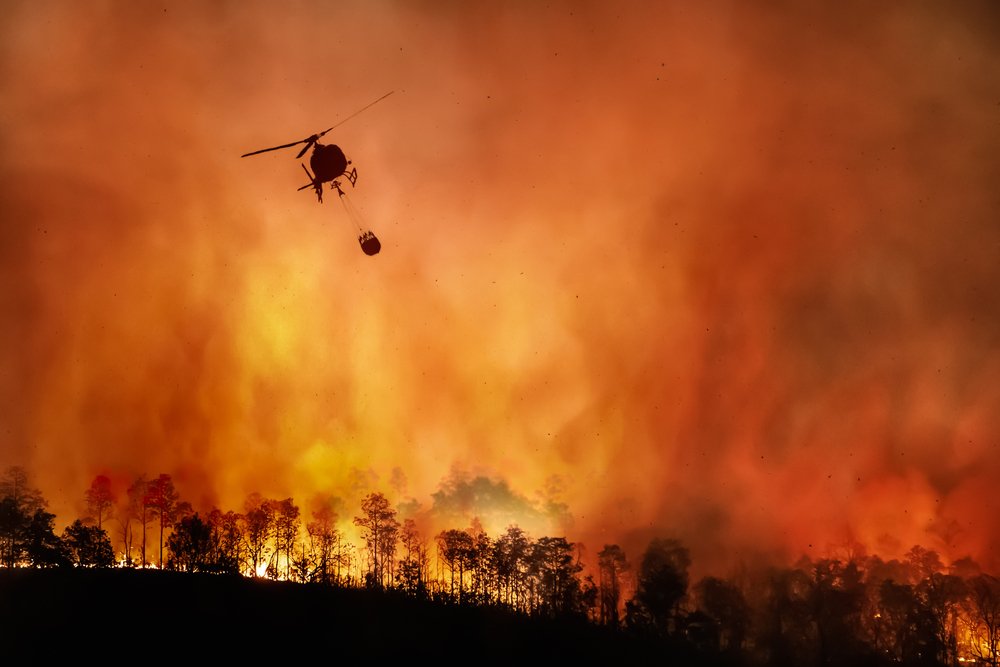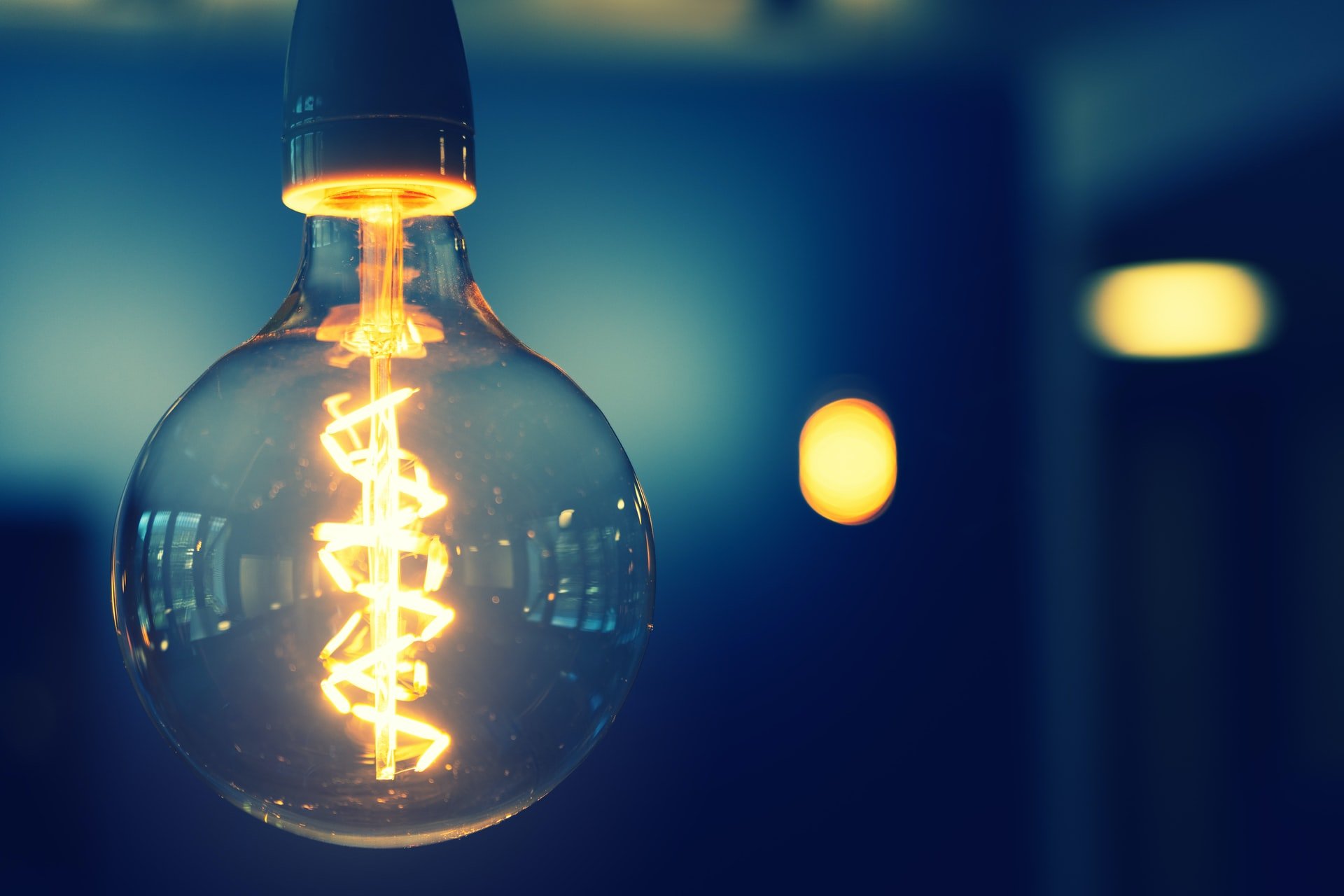The sustainable energy debate is like nested Russian dolls—progressing from consensus to ever-more conflict and uncertainty. At the outermost level, everyone (presumably) wants clean air and water, plentiful food, safety from natural disasters, and an overall pleasant planet. One level down is some dispute about what’s heating the climate, but overwhelming scientific research shows that heat-trapping pollutants like CO2 and methane play the lead role.

Dig deeper, though, and issues become murkier, with disputes about how much different energy technologies cost, how quickly we can transition to cleaner ones, who bears (and who should bear) the burden for these transitions, and whether (or to what extent) we may need to compromise by achieving less than a total cessation of global warming.
To understand the science, economics, and ethics, we interviewed six experts with diverse backgrounds and outlooks—from very bullish to highly cautious. And often, their stance differed depending on the topic and details. Twelve thorny dilemmas emerged from our conversations with Alessandra R. Carreon, manager of Carbon-Free Transportation at RMI; Sam Kimmins, director of energy at the Climate Group; Brigham A. McCown, director of the Hudson Institute Initiative on American Energy Security; professor Behnam Taebi, scientific director of the TU Delft Safety & Security Institute; Humayun Tai, co-leader of the McKinsey Global Energy and Materials practice; and Professor Eric D. Wachsman, director of the Maryland Energy Innovation Institute at the University of Maryland.
1. Even clean energy involves environmental harm. Midwestern residents may find land-based wind turbines (a prime green power source) to be a terrible eyesore. Native Americans are fighting plans for a vast lithium mine on sacred land. The conversion to more (ultimately cleaner) electric cars and households requires building more transmission lines through neighborhoods. Should these developments be prohibited from sensitive areas? What constitutes sensitivity, and who decides? Should locals be compensated? How much, and by whom?
2. Governments are setting very ambitious energy transformation goals. EPA emission targets would slash the percentage of gas and diesel vehicles by 2032. California has banned all internal combustion-engine cars after 2035. Are such aggressive targets justifiable, even if they ultimately slide, because they push innovation as hard and fast as possible? Does humanity’s track record for rapid development (the race to the Moon, the growth of the internet) prove that, when pushed, technology and business always find a way?
3. Electric vehicles provide different levels of benefit and burden depending on circumstances. They work best in temperate climates, for moderate commutes, with convenient home charging and low electricity prices. They are worse in cold temperatures (requiring more power for heating and limiting battery charging), for long drives, and for poorer people or cramped urban dwellers without home chargers. Electric grid capacity also varies by area. Should mandates for the switch to EVs (or subsidies to help) vary by location, income, or other circumstances to account for these inequities?
4. Though carbon-intensive in construction and fuel production, nuclear power plants produce less CO2 pollution over long lifetimes. And they provide plentiful, reliable “baseload” power to undergird variable renewable sources like solar and wind. But despite best-case-scenario, wishful thinking from boosters, nuclear plants are expensive. They produce dangerous waste that lasts for millennia (with no long-term storage strategy in most countries) and are susceptible to rare but devastating accidents. Does the climate benefit outweigh these dangers and downsides?
5. Though electric service is nearly universal in most countries, almost a billion people in less developed nations go without it. Expanding access dramatically improves people’s lives with lighting, refrigeration, internet access, and better heating and cooling. But poorer countries rely on much dirty power, especially coal. While wealthier nations aggressively transition to low-carbon energy, should poorer countries be entitled to burn fossil fuels longer, maybe even growing their emissions, to improve living conditions?
6. Key minerals used in batteries and other clean-tech equipment—including lithium, nickel, cobalt, and manganese—often come from regions, like the Democratic Republic of Congo, with poor labor, human rights, and environmental standards. How much should (and can) consuming countries demand better conditions in producing countries? If consumers seek cleaner sources to replace these countries, will the economic hit to them be as bad or worse than the current environmental and human rights damage?
7. Switching to green power may entail complex, riskier technologies and logistics. The need for fossil fuel backup power could diminish with larger, interconnected grids that funnel clean power longer distances, but this requires a lot of coordination and cooperation between states, provinces, or even nations. Millions of EVs can provide a distributed source of battery backup for the grid, but this requires complex orchestration. Is the greater complexity and potential for breakdowns worth it to achieve a cleaner power grid?
8. Green-minded governments sometimes defy their citizens’ wishes. A new Pew survey found that only 31% of U.S. adults (including 48% of Democrats) support completely phasing out fossil fuels. And while 64% of Dems favor eliminating internal combustion vehicles by 2035, only 40 of all adults feel that way. Should democratic governments push policies that go against public wishes? What, if any, responsibility do they have to make their case to the public before proceeding?
9. Changing the energy mix shifts a country’s dependencies. The United States is the world’s largest oil and natural gas producer. But it relies heavily on China for solar cells and batteries. The US also depends on Africa and South America for clean-tech minerals like nickel, cobalt, and lithium for batteries. Is the national security vulnerability of these foreign dependencies an acceptable tradeoff to reduce the national security threat of climate change?
10. Green-power subsidies often benefit the wealthy, such as expensive electric cars or pricey solar or heat-pump home upgrades. Is it fair for all taxpayers to subsidize higher-income citizens to hasten the green transition—even with downsides such as increased budget deficits, higher taxes, higher interest rates, and less money for social programs—which could disproportionately affect poorer people?
11. Technological change affects employment. Phasing out coal costs mining and power plant jobs. Simpler-built EVs require fewer autoworkers. Boosters tout retraining for green jobs, but job-retraining programs generally have a mixed record of success and may be more challenging for older workers. What should fund retraining: governments, green-power companies, carbon-intensive companies, green energy taxes? If transition success is low, should displaced workers receive extended unemployment benefits? Should there be a universal basic income? Or is green displacement no more deserving of special measures than other free-market job losses?
12. Some potential green technologies are dirty in their current form. Hydrogen burns cleanly, but most is currently produced from natural gas (in an energy-intensive process). Some plants that capture carbon dioxide from the air require intense heat that only fossil fuels can currently provide. But green electricity may someday power those processes, or it may be possible to capture the carbon dioxide efficiently. Is it acceptable to promote polluting practices today if they can advance the technology and infrastructure for cleaner systems in the future?

